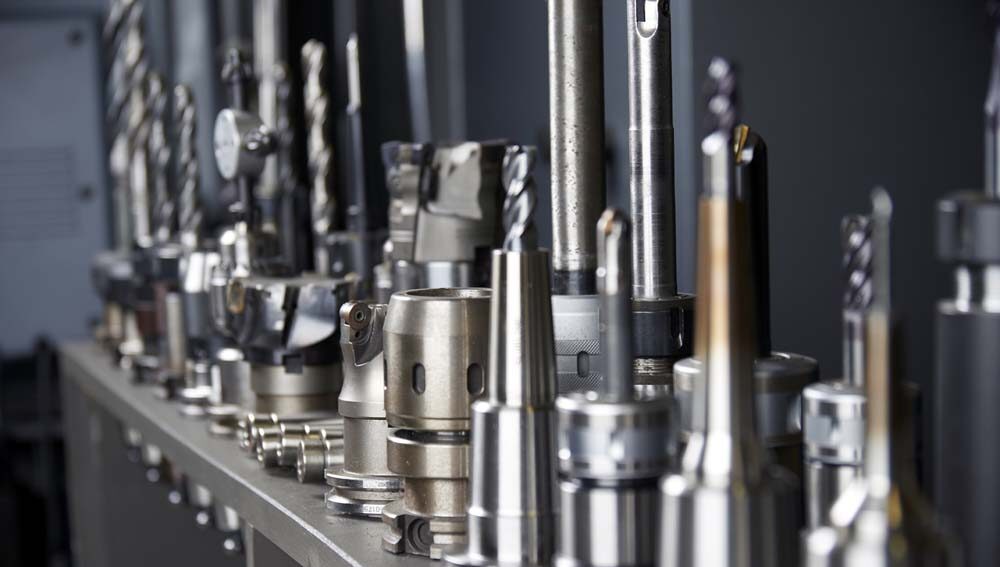
Rapid Prototyping Process
The modern consumer is more demanding and more interested in technological innovation than ever before. This means that companies must constantly create prototypes to test out new innovations before putting their products on the market. Read on to learn more about the rapid prototyping process that makes this possible.
What is Rapid Prototyping?
Rapid prototyping is the process by which organizations can use 3D computer designs to quickly create prototypes that enable them to test both the functionality and the aesthetics of a proposed product. In recent years, several technological innovations, such as 3D printing, have made rapid prototyping processes accessible for companies large and small.
In some engineering circles, 3D printing is so strongly associated with rapid prototyping that people automatically assume rapid prototyping will make use of 3D printing technologies. However, this is not necessarily the case. Rapid prototyping can also be accomplished through CNC machining or injection molding techniques.
Rapid Prototyping Process
There are five stages in the rapid prototyping process. These stages included creating a concept model, testing out assembly processes, functionality testing, life testing, and regulatory testing. To determine which method of rapid prototyping you want to use, it is important for you to consider which stage your product is in.
If your product is in the concept model stage, you need to prioritize both speed and appearance. Your prototype does not need to be functional at this state. Once you move onto the assembly tests, your prototype needs to have the exact dimensions stated in the design brief. However, it does not need to be functional. Obviously, your prototype does need to be functional if you have moved onto the functionality testing stage. This means that you should choose the rapid prototyping method that is closest to your planned production method. This same principle holds true for life testing, where your prototype will have to stand up to simulated repeated use. When you need to submit your product for regulatory testing, it needs to be functionally identical to the finished product.
Types of Rapid Prototyping
The first and most common type of rapid prototyping is 3D printing. There are various methods of 3D printing used for rapid prototyping, including stereolithography (SLA), selective laser sintering (SLS), and fused deposition modeling (FDM). SLA uses a liquid base that is solidified by UV light. SLS uses a powder base that is sintered (melted together) by a powerful laser. FDM uses a spool of resin that is melted and deposited according to a computerized 3D design. FDM is quick and cheap, which is why it is the process used by most consumer 3D printers. It can also be useful for rapid prototyping, especially for concept models.
Computer numerically controlled (CNC) machining starts with a computerized design being programmed into a cutting machine. The machine then cuts the design out of a block of metal or thermoplastic. This process is useful for the production of functional prototypes, as CNC machining can work with stronger materials than 3D printing.
If your product will be made out of plastic when it reaches production, you may want to consider injection molding. In this process, liquid plastic is injected into a mold, where it hardens into a solid. While production injection molding processes commonly make use of steel molds, aluminum molds can be used in rapid prototyping processes.
Choose Global Design & Development for Your Rapid Prototyping Needs
If you want to take advantage of the advances in rapid prototyping processes, you don’t need to try and use complicated technology yourself. Instead, you can outsource your prototyping process to Global Design & Development. We have many years of experience with rapid prototyping, so you can rest assured that we will be able to successfully complete your prototype. Contact us today!
